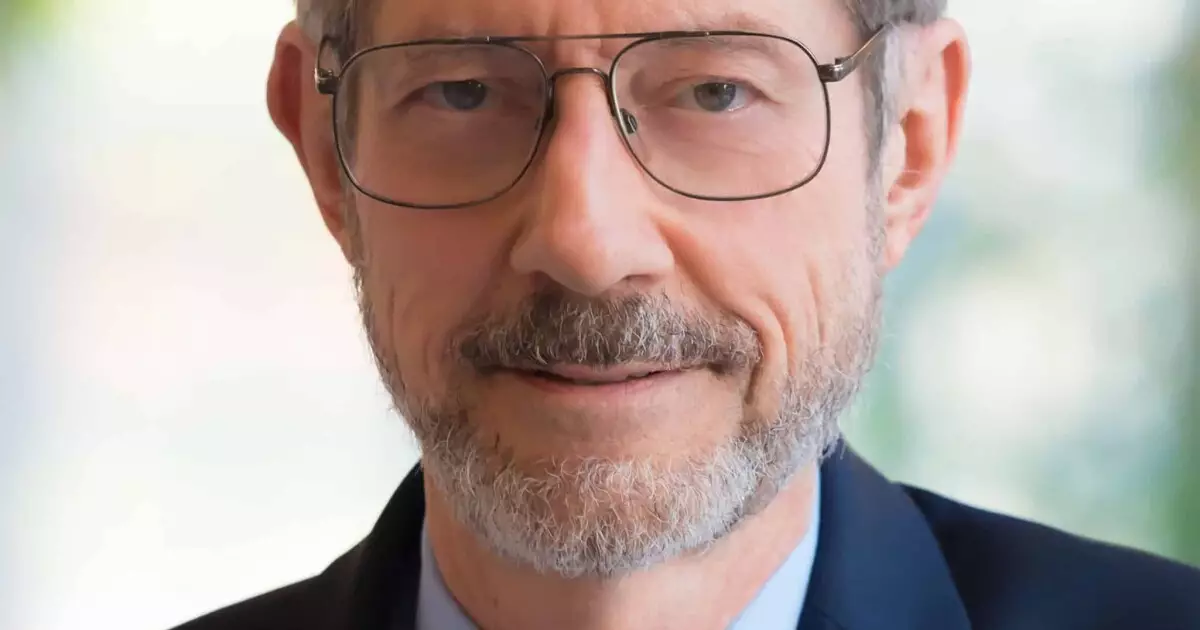As travelers increasingly expect seamless air travel experiences, Newark Liberty International Airport stands as a glaring example of a broader issue plaguing American infrastructure. The airport, in part due to decades of inadequate investment and maintenance, has been thrust into the spotlight as its crumbling facilities and outdated technology create a growing number of operational challenges. U.S. Department of Transportation Secretary Sean Duffy’s recent announcement regarding the reduction of flights underscores the severity of this situation. Rather than viewing this reduction as a temporary setback, it is imperative to see it as a symptom of a deeply flawed system that the government has neglected for too long.
The phrase “decades of neglect” is particularly poignant here, as it encapsulates a systemic issue that extends far beyond Newark. As Secretary Duffy rightly states, the air traffic control system has reached a critical juncture, demanding immediate attention. The ineffectiveness of our current system is not merely an inconvenience for passengers; it poses economic and national security risks that should alarm every American citizen. Our airport infrastructure should not only accommodate growing traffic but also adapt to a changing global landscape where technological advancements are relentless and non-negotiable.
Government Inaction: A Recipe for Disaster
For all the talk about modernization, it remains painfully clear that the allocation of federal funds is an inadequate solution to, quite frankly, an embarrassing problem. The proposal of $12.5 billion for air traffic control technology might sound like a substantial step forward, but in reality, it raises more questions than it answers. How will this funding be effectively transformed into tangible advancements? According to experts like Robert Poole from the Reason Foundation, the existing methodology is flawed. A slow 10- to 15-year rollout for a problem that needs immediate resolution is nothing short of an invitation for far worse challenges.
This brings us to the crux of the issue: our federal funding model for air traffic control technology is outdated and ineffective. The dependence on annual appropriations creates an environment where modernization efforts are susceptible to political whims and budgetary constraints. The urgent need for long-term planning and financial certainty cannot be overstated. The FAA is hindered by its bureaucratic limitations, lacking the bonding authority crucial for pursuing large-scale projects. Instead, we find our infrastructure languishing in a perpetual state of mediocrity, with no end in sight.
Shifting Financial Strategies: A Necessary Evolution
Budding solutions are out there, but whether they gain traction in Washington is anyone’s guess. Poole’s description of alternative financing mechanisms, such as revenue bond financing and user fees, highlights a contemporary approach that has proven successful in countries like Australia and Canada. By treating air traffic control as a utility, these nations have successfully removed their ATC providers from the drudgery of political budgeting, allowing for dedicated revenue streams. Isn’t it time we took a serious look at these models? The chance to innovate lies at our fingertips, yet we cling stubbornly to a failing system out of stubbornness or ignorance.
Moreover, the concept of declaring a funding emergency to address the crisis, as proposed by Jackson Shedelbower, is another avenue worth exploring. If Congress truly sees the air travel challenges as a priority, it must act decisively to allocate emergency modernization funds. The inertia on this front is puzzling, particularly as it is self-evidently in the national interest to have a functioning and efficient air traffic control system. As citizen stakeholders, we should insist on our leaders stepping up to the plate for once.
The Passenger Facility Charge: A Burden on Travellers
In an ironic twist of fate, the Passenger Facility Charge (PFC)—a fee imposed on airline tickets—remains capped at a meager $4.50 since 2000. When put against the backdrop of increasing inflation and operational costs, this stagnant fee appears not just laughable, but tragically shortsighted. Relying on outdated mechanisms funded by a shrinking fee structure only compounds the challenges faced by airports trying to maintain modern facilities.
The burden is put squarely on travelers, who ultimately pay the price for governmental ineptitude. If the government is serious about alleviating the headwinds besieging Newark and other airports, it is high time to reassess and reevaluate outdated policies regarding airport fees. Instead of a stagnant fee structure, we need innovative policies rooted in contemporary economics that can adequately fund necessary upgrades.
In a time when infrastructure should be at the forefront of national conversation, America’s airports unfortunately illuminate just how far behind we truly are. The time for excuses and bureaucratic inertia is over; we must advocate for a future where our airports serve as the gateways to opportunity.

